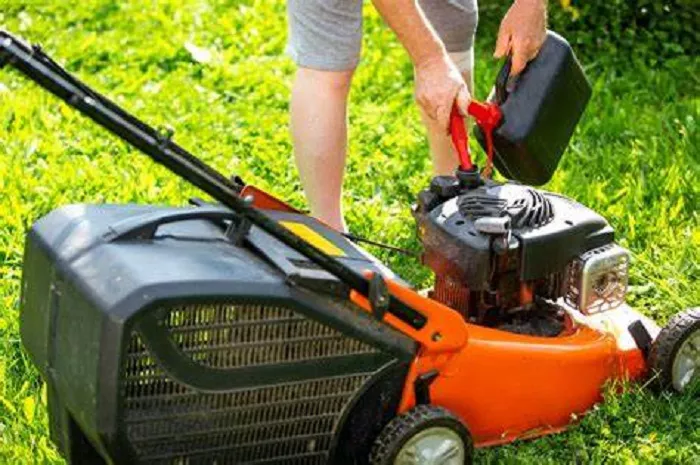A well-maintained lawn mower is essential for keeping your yard in pristine condition. One of the most critical aspects of maintenance is using the correct type of gasoline. Craftsman lawn mowers, like most small-engine outdoor power equipment, require specific fuel to operate efficiently and avoid engine damage.
Why Does Fuel Quality Matter?
- Clogged carburetors
- Hard starting
- Engine knocking
- Reduced power output
Using the correct fuel ensures smooth operation and extends the lifespan of your mower.
Ethanol Content and Its Effects on Small Engines
Ethanol is a common additive in gasoline, but it can cause problems in small engines. Most Craftsman mowers can tolerate up to 10% ethanol (E10), but higher concentrations (like E15 or E85) should be avoided.
Problems Caused by Ethanol in Lawn Mowers
Moisture Absorption: Ethanol attracts water, leading to phase separation (where water and fuel separate), which can clog the fuel system.
Fuel Degradation: Ethanol-blended gas breaks down faster, leading to varnish buildup in the carburetor.
Rubber and Plastic Damage: Over time, ethanol can degrade fuel lines, seals, and gaskets.
How to Minimize Ethanol-Related Issues
- Use ethanol-free gasoline (E0) if available.
- Add a fuel stabilizer if storing the mower for more than 30 days.
- Drain the fuel tank before long-term storage.
Octane Rating: Does It Matter?
The octane rating indicates a fuel’s resistance to knocking or pinging in an engine. For most Craftsman mowers, 87 octane (regular unleaded) is sufficient.
When to Use Higher Octane Fuel
- If the owner’s manual specifies a higher octane (rare for most residential mowers).
- If the engine is high-performance or air-cooled (some commercial-grade mowers may benefit from 89 or 91 octane).
Myth: Premium Gas is Always Better
Using premium gasoline (91+ octane) in a mower designed for 87 octane does not improve performance and is an unnecessary expense.
Fuel Additives and Stabilizers
Best Fuel Additives for Craftsman Mowers
STA-BIL® Fuel Stabilizer: Prevents fuel degradation for up to 24 months.
Sea Foam Motor Treatment: Cleans carburetors and stabilizes fuel.
Ethanol Shield®: Protects against ethanol-related moisture issues.
How to Use Fuel Stabilizers
- Add the stabilizer to fresh gasoline.
- Run the engine for 5 minutes to circulate treated fuel.
- Store the mower properly.
How to Choose the Best Gas for Your Mower
Check the Owner’s Manual: Always confirm the manufacturer’s recommendations.
Use Fresh Gasoline: Buy fuel in small quantities (1-2 gallons) to ensure freshness.
Avoid High-Ethanol Blends: Stick to E10 or ethanol-free gas.
Consider a Fuel Stabilizer: Especially if storing the mower for more than a month.
Common Fuel-Related Problems and Solutions
| Problem | Cause | Solution |
|---|---|---|
| Engine won’t start | Old or bad gas | Drain fuel, replace with fresh gas |
| Rough running | Water in fuel | Use a fuel dryer or replace gas |
| Carburetor clogging | Ethanol buildup | Clean carburetor, use stabilizer |
| Engine knocking | Low octane fuel | Use 87+ octane gas |
Best Practices for Storing Gasoline
Store in a Cool, Dry Place: Heat and humidity degrade gasoline.
Use an Airtight Containe: MMetal or approved plastic gas cans prevent evaporation.
Add Stabilizer Before Storage: Prevents fuel breakdown over time.
Drain the Tank (Optional): For long-term storage, empty the fuel system.
Conclusion
Using the correct type of gasoline in your Craftsman lawn mower is crucial for performance and longevity. Stick to 87-octane unleaded gasoline with no more than 10% ethanol, and consider using a fuel stabilizer if storing the mower for extended periods. Avoid old or ethanol-heavy fuels to prevent carburetor issues and hard starting.
By following these guidelines, you can ensure your Craftsman mower runs smoothly for years to come. Always refer to the owner’s manual for model-specific recommendations, and maintain a regular fuel maintenance routine for the best results.

